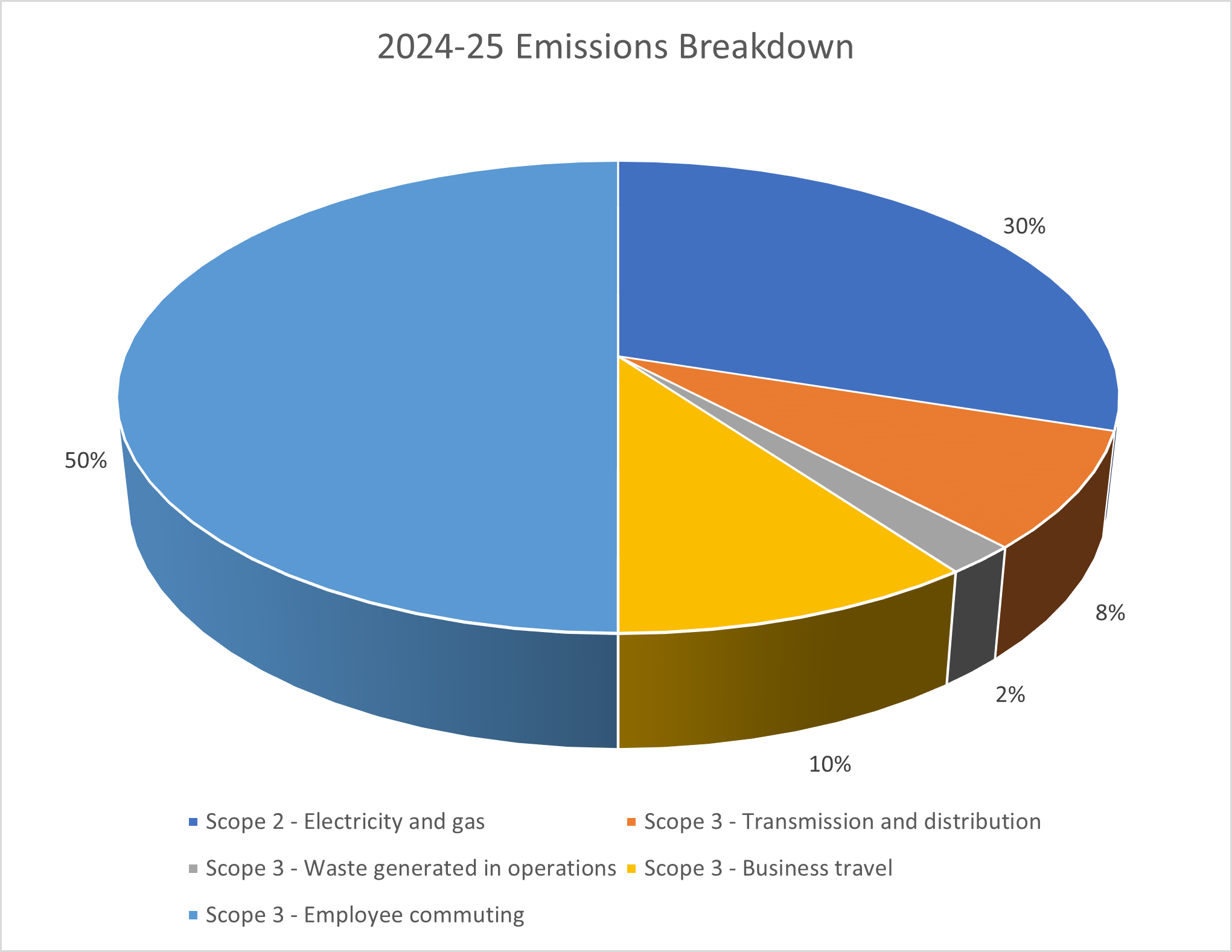Carbon Reduction Plan
For the period 1st July 2024 to 30th June 2025
Publication date: 07/08/2025
Commitment to achieving Net Zero
Concept Recruitment is committed to achieving Net Zero emissions by 2045 at the latest.
Baseline Emissions Footprint
Baseline emissions are a record of the greenhouse gases that have been produced in the past and were produced prior to the introduction of any formal strategies to reduce emissions. Baseline emissions are the reference point against which emissions reduction can be measured.
| Baseline Emissions For year: 01 July 2023 – 30 June 2024 |
tCO2e |
| Scope 1 – Activities restricted, no scope 1 | 0.00 |
| Scope 1 – Vehicle fuel (all company vehicles are fully electric) | 0.00 |
| Scope 2 – Electricity & gas | 5.43 |
| Scope 3 | |
| Transmission and distribution losses (electricity and gas inc WTT) | 1.46 |
| Waste generated in operations | 0.42 |
| Business travel | 1.92 |
| Employee commuting and home working | 9.17 |
| Total Emissions | 18.40 |
| Per Employee Emissions | 1.31 |
| Additional Details relating to the Baseline Emissions calculations | |
| Scope 1, scope 2 and the following scope 3 categories were measured during the baseline year; upstream transportation and distribution, waste generated in operations, business travel, employee commuting and downstream, transportation and distribution. There were no emissions to report under downstream transportation and distribution. The figures in this report refer to emissions under Concept Recruitment operational control. The conversion factors used are for location-based reporting. Part of this plan is to improve the scope and accuracy of data going forward. All data has been compiled with reference to and using data from:
· https://ghgprotocol.org/corporate-standard The figures and information used in calculations have been provided as accurate to the best of our knowledge and as far as practicable we have assumed that figures are representative of our operations. We undertake a continual process of improving our data quality. In the case that we identify any material changes; we will recalculate the baseline data in the future. * From source data, eliminating rounding errors from breakdown |
|
Current Emissions Reporting
| Current Year For year: 01 July 2024 – 30 June 2025 |
tCO2e |
| Scope 1 – Activities restricted, no scope 1 | 0.00 |
| Scope 1 – Vehicle fuel (all company vehicles are fully electric) | 0.00 |
| Scope 2 – Electricity & gas | 5.54 |
| Scope 3 | |
| Transmission and distribution losses (electricity and gas inc WTT) | 1.54 |
| Waste generated in operations | 0.39 |
| Business travel | 2.08 |
| Employee commuting and home working | 12.34 |
| Total Emissions | 21.89 |
| Per Employee Emissions | 1.37 |

Data improvement plan
Our ambition is to:
| Category | Action |
| 3.1, 3.4, 3.5 | Within our supply chain we will engage suppliers to encourage and support them to provide emissions data and their own Net Zero plans. |
| 3.6 | Capture business travel distance and mode of travel at time of travel or expense claim |
| 3.7 | Capture commuting data through time and attendance systems |
Emissions reduction targets
In order to progress to achieving Net Zero, we have adopted the carbon reduction targets detailed in the graph below by using SBT’s.
These targets will be updated and recalculated as additional Scope 3 categories are added and data quality is improved (if changes create >5% variance in original calculations).
We project that carbon emissions will decrease to circa 14.3 tonnes by 2030. This is a reduction of 22.4% from our baseline year, on average a 3.7% year on year reduction.
Our reduction path is plotted below.

As our footprint is dominated by employee commuting, we have assumed reductions from their transition to lower carbon vehicles and fuels on current legislation and manufacturer plans.
The plan assumes some unavoidable emissions will remain by 2045, and these will be offset via a verified method of atmospheric CO2 removal.
We anticipate this path will change significantly over time as our options are evaluated and technology changes.
Future carbon reduction initiatives
We have outlined the following priority actions for the business and timescales.
- Provide staff with training and knowledgeable opportunities to contribute to carbon reduction plans and to communicate barriers to sustainable behaviour. Introduce an annual employee satisfaction survey to collect relevant information and use it to priorities schemes and incentives that will support staff to overcome barriers through schemes and incentives (e.g. cycle-to-work scheme, subsidise public transport, flexible working hours, EV salary sacrifice schemes). Target Date – 2026.
- As our properties are rented, we will collaborate with the landlord to obtain their permission to look to switch to renewable energy tariffs at the end of current contracts for all sites, as this will reduce our market-based emissions to zero where sites are supplied through 100% renewable energy tariffs. Target Date – 2028
- As our properties are rented, we will collaborate with the landlord to obtain their permission to implement a strategy to replace gas fuelled heating and hot water by 2035; A costing and feasibility plan to be undertaken by management to ascertain the potential for renewables on site (solar panels) and electrification of heating. Target Date – 2030
Declaration and Sign Off
This Carbon Reduction Plan has been completed in accordance with PPN 06/21 and associated guidance and reporting standard for Carbon Reduction Plans.
Emissions have been reported and recorded in accordance with the published reporting standard for Carbon Reduction Plans and the GHG Reporting Protocol corporate standard, the Corporate Value Chain (Scope 3) Standard, and uses the appropriate Government emission conversion factors for greenhouse gas company reporting.
The Scope 3 emissions reported have been calculated in accordance with the published reporting standard for Carbon Reduction Plans and the Corporate Value Chain (Scope 3) Standard.
This Carbon Reduction Plan has been reviewed and signed off by the board of directors.
Signed on behalf of Concept Recruitment:

Name: Duncan Heywood
Position: Managing Director
Date: 07/08/2025
Appendix – Calculations
All conversion factors applied to relevant units to generate Kg CO2e, then reported as t CO2e.
Scope 1:
Gas – kwh of natural gas reported multiplied by relevant conversion factors*
Scope 2:
Electricity – kwh of electricity reported multiplied by relevant conversion factors*
Scope 3
3.3 Transmission and distribution
Gas and electricity – applying the scope 1 and 2 data to the appropriate conversion factors*
Note: In this category we have included well-to-tank emissions
3.4 Transportation and distribution
Inbound and outbound deliveries had the mileage, weight, vehicle type and where appropriate % loading aggregated. The appropriate mode of transport conversion factors* were the applied.
3.5 Waste generated in operations
Waste figures estimated from volume of waste collected, with split between incineration, recycling and landfill from national averages, using the appropriate conversion factors*. Typical water usage by employee from national averages were assumed for wastewater.
3.6 Business travel
Business travel mileage was calculated applying the relevant conversion factors to mileage claimed and the associated vehicle type.*
3.7 Employee commuting and home working
Typical weekly commuting distances per day were multiplied by working days in the year and the relevant car size emissions factors* applied.
* Taken from https://www.gov.uk/government/collections/government-conversion-factors-for-company-reporting for relevant years





